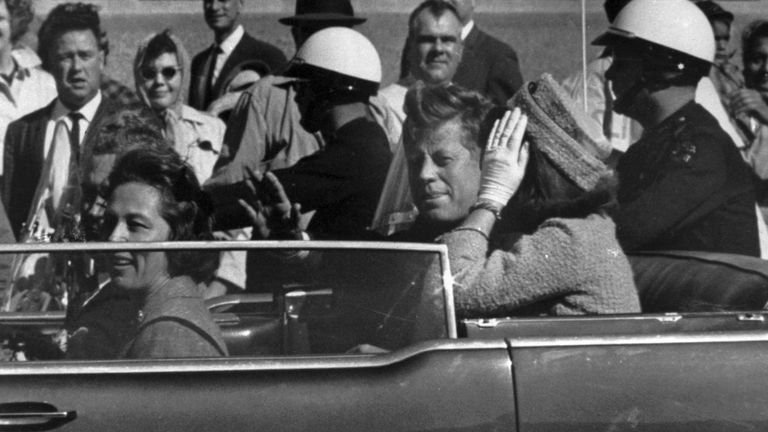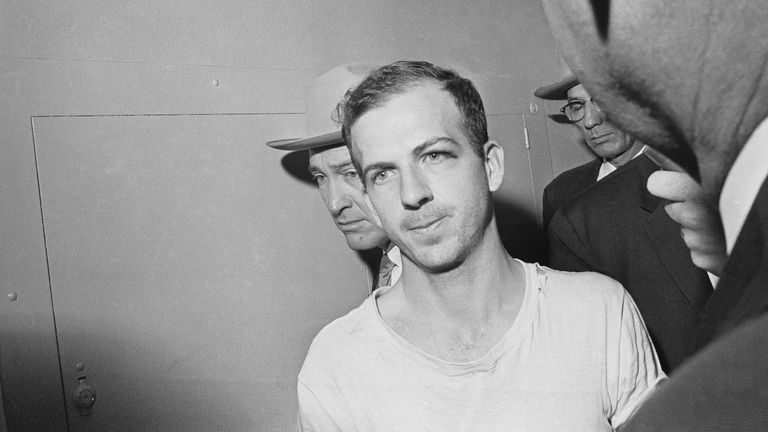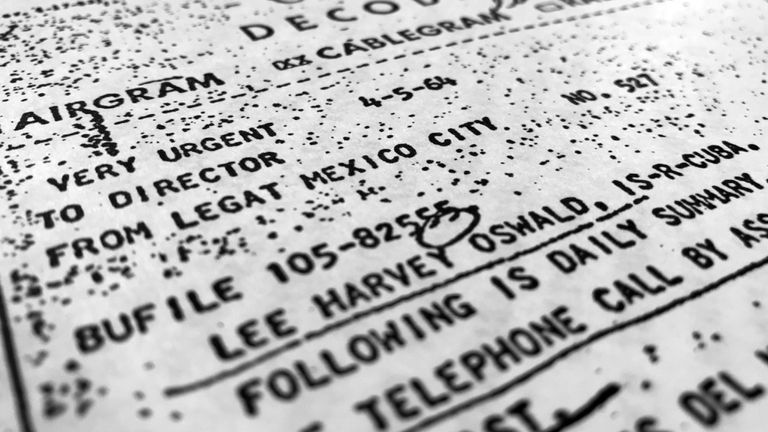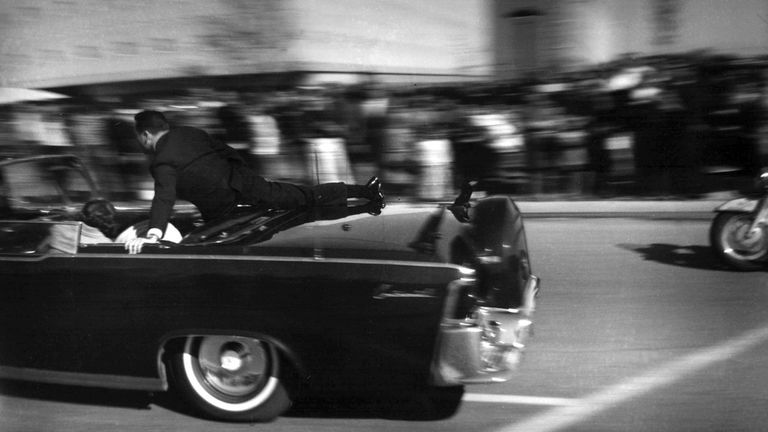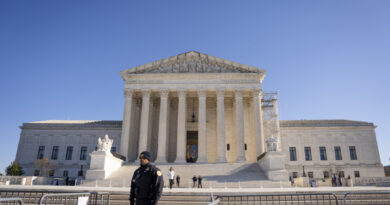What We’ve Learned from the Newly Released JFK Assassination Files | US News
More than six decades after the assassination of former US President John F. Kennedy in 1963, unedited documents pertaining to the event in Dallas, Texas, have been made public.
Approximately 2,200 files totaling over 63,000 pages were uploaded on the website of the US National Archives and Records Administration on Tuesday evening.
This release followed an executive order signed by President Donald Trump back in January, which mandated that unredacted files related to the case be made accessible to the public.
“We have a tremendous amount of paperwork. You’ve got a lot of reading,” Mr. Trump remarked on Monday, estimating that 80,000 pages would be available — a slight exaggeration of the actual number released.
This marks the second occasion the US president has mandated the release of Kennedy documents, having initially done so during his presidency in 2017, when some files were withheld due to potential risks to national security.
While additional files were released during Joe Biden’s presidency, several remained undisclosed.
Before Tuesday’s release, researchers estimated that between 3,000 and 3,500 files were still withheld, either fully or partially. This estimation came in addition to 2,400 new records recently uncovered by the FBI last month.
Researchers and conspiracy enthusiasts have shown significant interest in the case for years, so here is everything we know so far from the newly disclosed files.
No new blockbuster details
In summary, no significant new revelations regarding the assassination have surfaced thus far.
What has been disclosed are some particulars about 24-year-old Lee Harvey Oswald, who was believed to have executed the assassination.
Just two days after Kennedy’s death, nightclub owner Jack Ruby fatally shot Oswald while he was being transferred to jail.
The former Marine from Texas, who had defected to the Soviet Union, is believed to have taken multiple shots from the Texas School Book Depository building as the motorcade containing Mr. Kennedy and former first lady Jacqueline Kennedy proceeded down the street on November 22, 1963.
A year after the assassination, the Warren Commission, which was set up to investigate the event, concluded that Oswald acted alone, stating that a single bullet struck the former president from behind, exited from the front of his throat, and hit Texas Governor John Connally Jr. (this phenomenon would be dubbed the ‘magic bullet theory’).
The newly disclosed files contain memos from the CIA indicating that a KGB official had scrutinized “five thick volumes” of documents on Oswald and was “confident” that he was “at no time an agent controlled by the KGB”.
Another memo from the day following Kennedy’s assassination states that, according to an intercepted phone call in Mexico City, Oswald had been in contact with a KGB officer during his visit to the Soviet Embassy that September.
Researchers noted that the releases have furthered understanding of the Cold War era.
One document from January 1962 sheds light on a top-secret initiative called ‘Operation Mongoose’ or simply ‘the Cuban Project’, which was a CIA-led series of covert actions and sabotage against Cuba, authorized by Mr. Kennedy in 1961, aimed at overthrowing the regime led by Fidel Castro.
Historians remain optimistic
To date, the files have not provided any new information to validate or refute the leading conspiracy theories surrounding JFK’s assassination, ranging from accusations against the US government to speculation about multiple gunmen being involved.
However, historians are meticulously examining each document — a process that may take considerable time — and remain cautiously hopeful that more insights will emerge.
👉 Follow Trump 100 on your podcast app 👈
“We should prepare to be surprised,” Fredrik Logevall, a historian at Harvard University, stated in a conversation with the New York Times, while Jefferson Morley, vice president of the Mary Ferrell Foundation, described it as an “encouraging start”.
Historian Alice L. George remarked that Americans’ interest in assassinations and their demand for government transparency contributes to a belief that essential evidence lies hidden in these files.
Read more from Sky News:
Putin agrees to partial ceasefire
What is GPS jamming?
She expressed skepticism that future records would yield any major revelations, noting that the Warren Commission’s findings were comprehensive, as they were made while many key figures were still alive. “It’s much harder to unveil the truth when most of the individuals involved have passed away,” she concluded.


